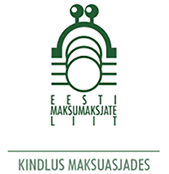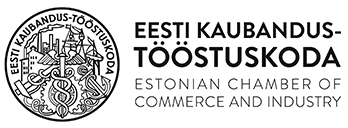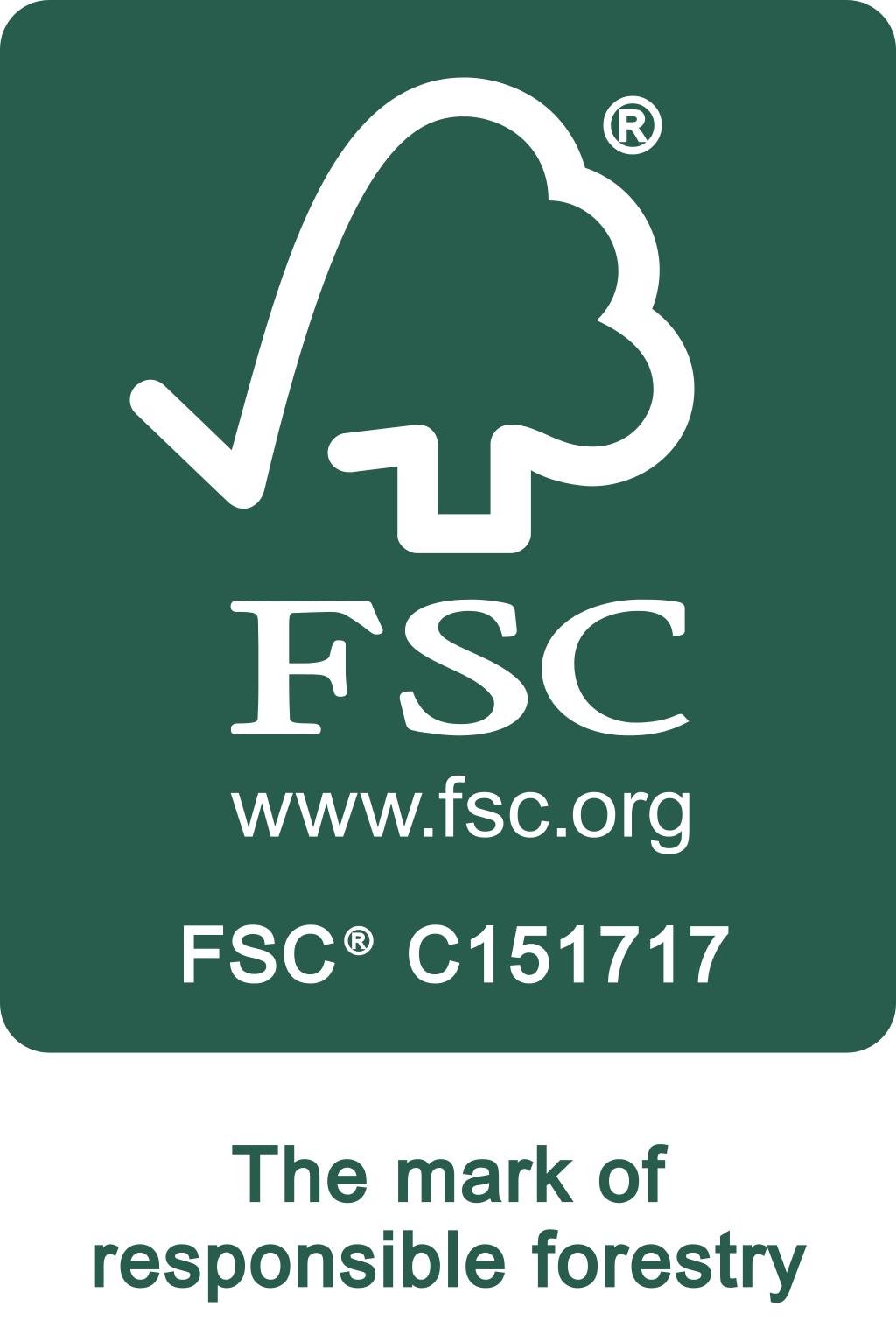Selecting the right paper for a product may, at first, seem confusing because of the large amount of different types of paper and grammages. We suggest asking our printing house for advice on selecting a suitable paper in order to assure that the finished product will be as expected and striking.
We have included some general instructions for paper selection below.
PAPER THICKNESS (GSM)
There are papers of various thicknesses and grammages.
Grams per Square Meter is the weight of one square meter of a particular paper stock, referring to the physical weight of a 100cm x 100cm sheet of paper. This means that the higher the gsm, the heavier (generally, the thicker) the paper and usually costs more.
Choosing a suitable paper thickness, one must consider the lastingness and applications of the product. One must also pay attention to the fact that different types of paper with the same grammage may not be as thick as each other.
For example:
Letterhead 80 – 100g/m2
Business card 225 – 300 g/m2
Brochure 130 – 170 g/m2
Poster 170 – 200 g/m2
Document folders, postcards 250 – 300 g/m2
PAPER TYPES
Paper can either be coated or uncoated, and this is a big factor that determines the final look, feel, and utility of your printed piece.
UNCOATED PAPERS
Uncoated papers are not recommended to be used in four-colour printing, because the paper would absorb the ink and the product would therefore appear dull-coloured. On the other hand, in some special projects, this may be the intended effect.
There are many variants of uncoated papers available. The most common of these is white offset paper. White offset paper is widely used. Most letterheads, etiquette labels, newspapers, content pages of books etc. are printed on this type of paper.
COATED PAPERS
Coated paper is similar to varnished wood. An uncoated paper’s surface can be treated with a clay compound (Kaolinite and Calcium Carbonate for commercial printing) on one or both sides to make its surface smother, improve its opacity and brightness, as well as to reduce the amount of ink absorbed. Coated papers are mainly suitable for printing coloured images, but they can also be used for other projects. We do not recommend using coated papers for printing letterheads.
GLOSS COATING
Gloss coating is extremely smooth and reflects a lot of light right back at the light source. Under certain lighting conditions, glare can be a problem; although this is offset by its ability to offer the widest colour range for sharp and vibrant full-colour photo reproductions.
SPECIAL PAPERS
Tinted papers are papers with a smooth surface and there is a variety of tens of colours to choose from. Tinted paper can raise attention, create structure in an orderly system and build creative, eye-striking applications.
Strucured papers are mainly suitable for printing business related products (letterheads, business cards), invites or document folders. These papers are available with a choice of many different textures and various tones, as well as patterns.
In addition to the papers listed above, there are many special-use paper types.
Adhesive papers can be divided into two – paper- and plastic adhesives. Paper adhesives is the more economical choice and they are mainly suitable for printing labels. Plastic (PVC) adhesive is waterproof, more durable and is suitable for using both indoors and outdoors.
Carbonless copy papers (self-copy papers) are special papers used to create three copies of a letterhead simultaneously.



